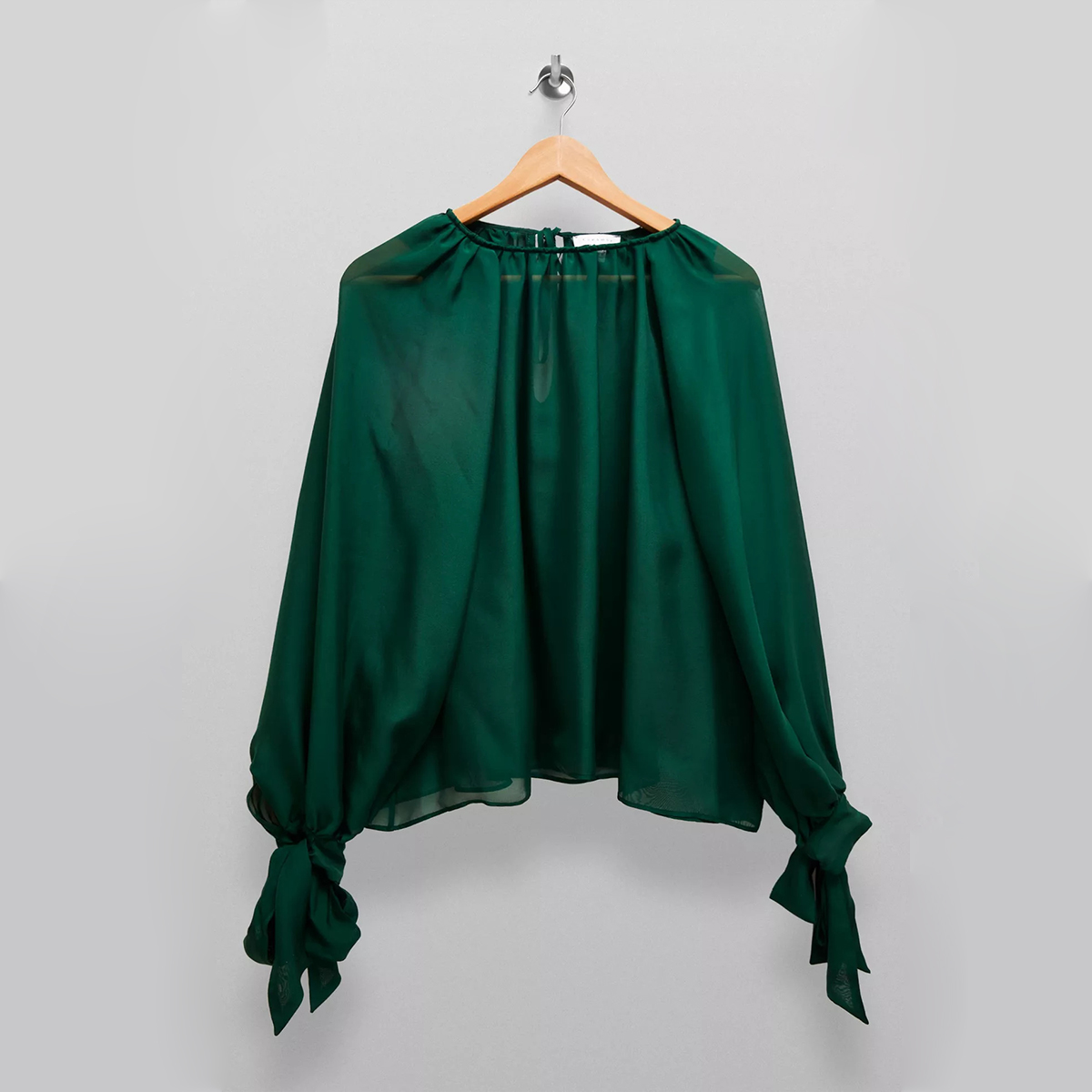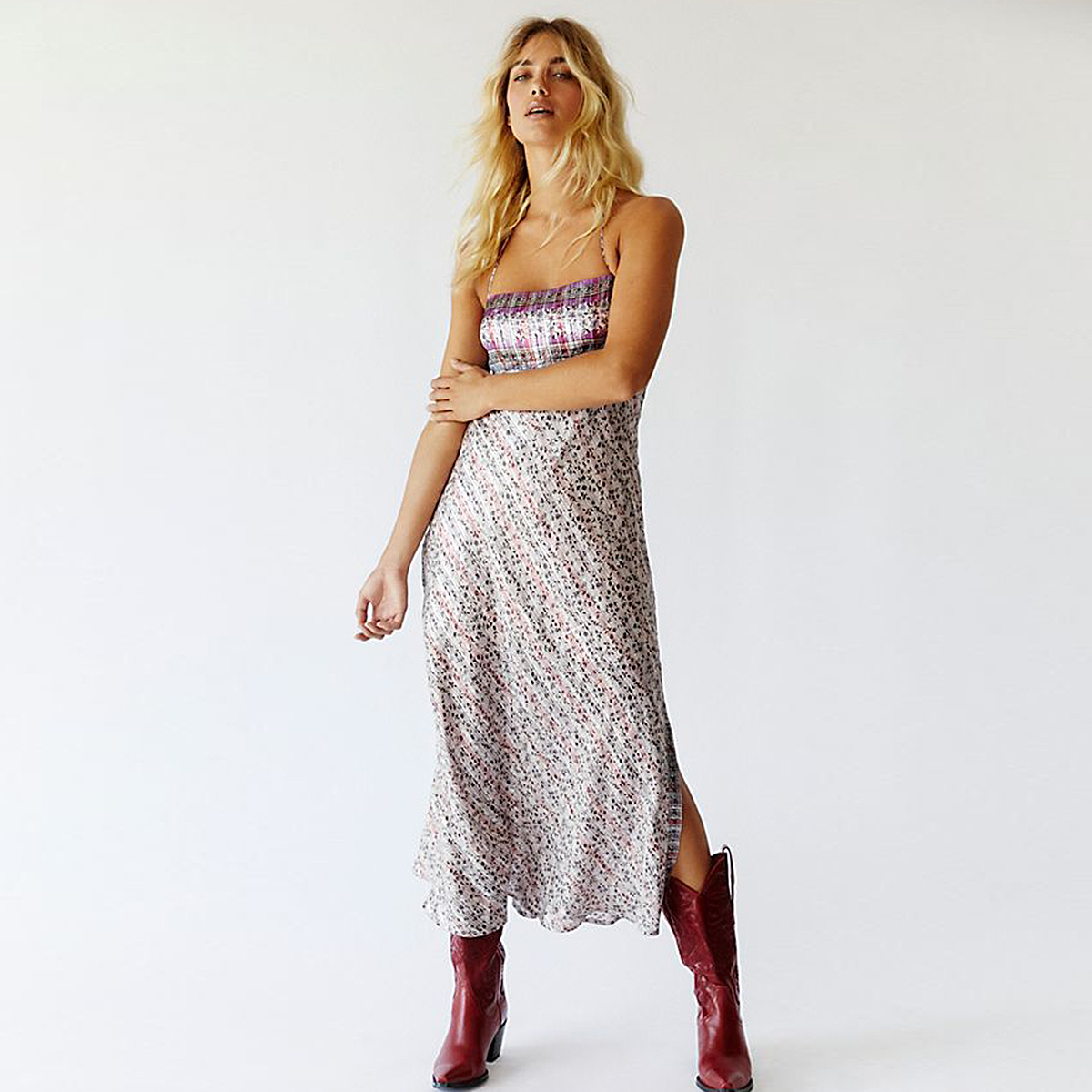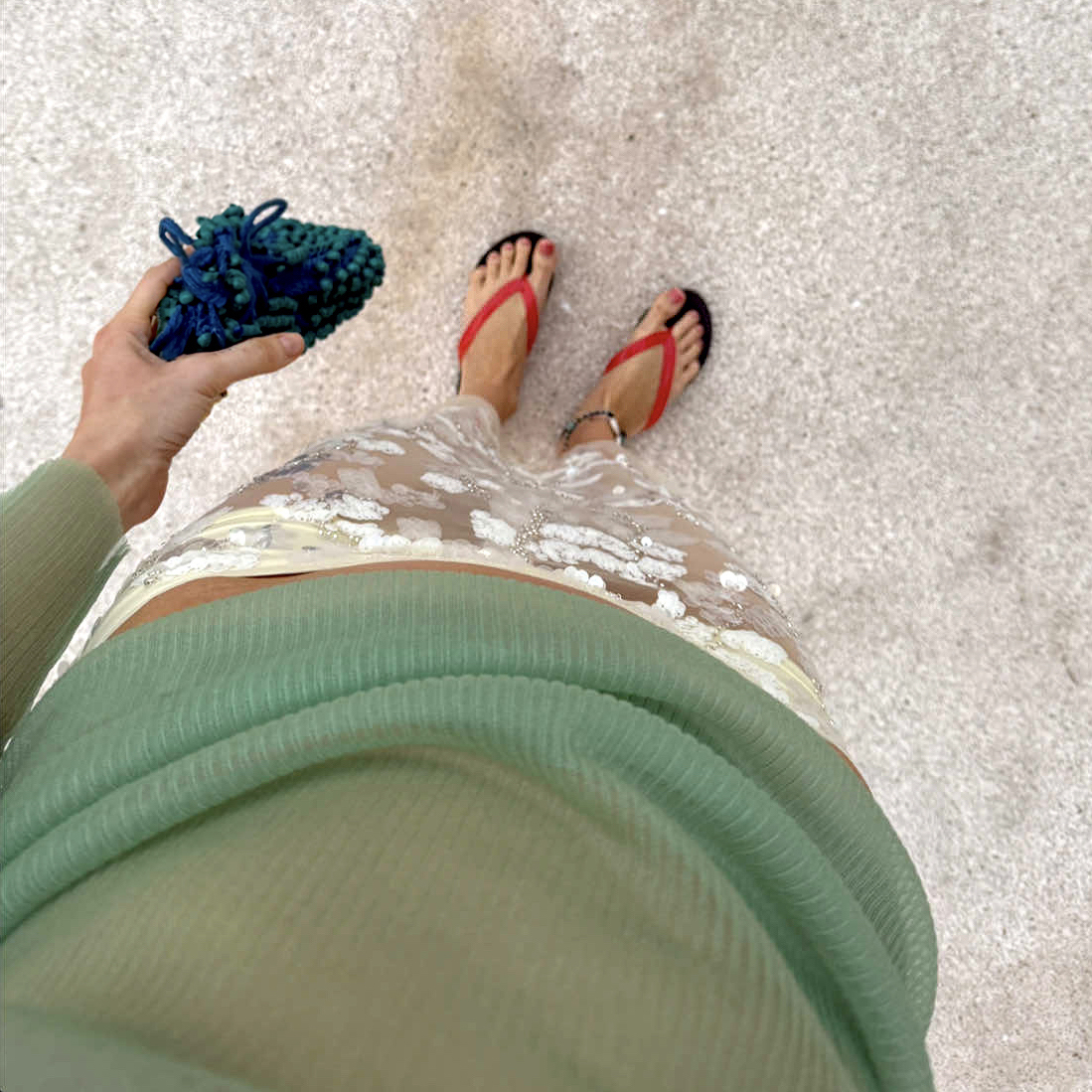So How Does Dry Cleaning Work, Anyway?
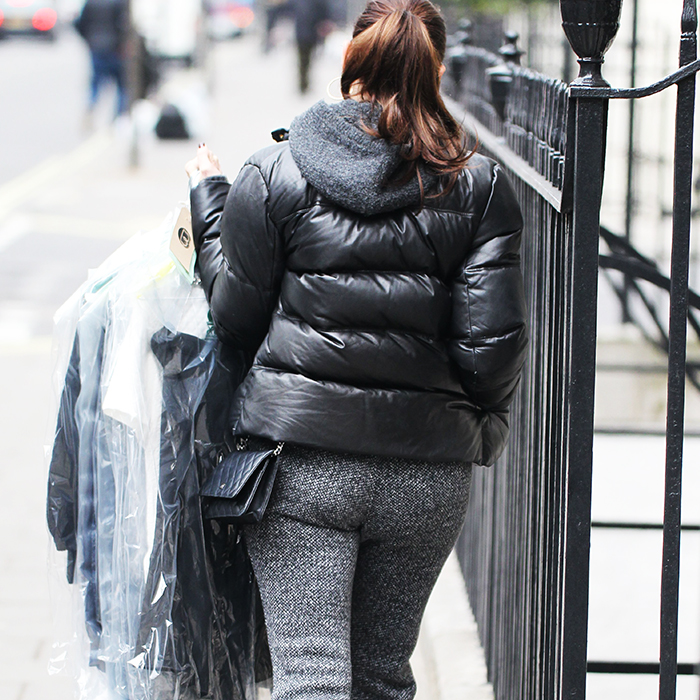
There’s something magical about dropping off your ink-stained blouse at the dry cleaner’s and then showing up two days later to find it looking good as new. But how exactly does dry cleaning work? Remarkably, this cleaning process (or at least its earliest origins) may date back to 1600 BC in Greece. Granted, the methods have changed a bit since then, but there are still a number of scenarios in which laundering without water is vital. Whether you’re a lover of delicate fabrics or simply looking for outside help for your toughest stains, it’s well worth knowing what dry cleaning is, how it works, and when it’s needed.
Read on to learn how dry cleaning works and why it matters for your wardrobe.
What Is Dry Cleaning?

While most laundering techniques involve water, dry cleaning refers to a process in which clothes are cleaned without the use of water. Instead, chemical solvents are used to remove stains from clothing. It’s worth noting that the term "dry cleaning” is a bit misleading, since clothes are technically still made wet by the cleaning solvents involved in the process.
How Does Dry Cleaning Work?

After you drop off your garments at the dry cleaner’s, they’re placed into a dry-cleaning machine, which looks fairly similar to a regular washing machine. Inside, the rotating drum is filled with a dry-cleaning chemical, which interacts with the clothing in lieu of water and detergent. One of the most common and traditional dry-cleaning chemicals is tetrachloroethylene, also known as perchloroethylene (or "perc”), but various health and environmental studies have caused the use of this chemical to fall out of fashion in recent years. Biodegradable materials such as siloxane have since risen to prominence as a more eco-friendly alternative.
What Types of Fabric Need to Be Dry Cleaned?

Whether your wardrobe is relatively low-fuss or stocked with delicate materials, there are a few fabrics that should generally be dry cleaned. These include silk, cashmere, suede, and just about anything with detailed beading or embroidery. Always check the care instructions label, and take note of whether a garment is recommended to be dry cleaned or specifically labeled "dry clean only.”
Dry Cleaning at Home

From in-dryer cleaning kits to sleek-looking in-home dry-cleaning machines, there are a number of ways to save money by dry cleaning at home. But experts warn that some of these methods aren’t as effective as higher-grade professional dry cleaning. Before you spring for an at-home dry-cleaning solution, be sure to read the reviews, consider auxiliary costs (such as cleaning pods or chemical solvents), and calculate whether an at-home machine would prove cost-effective over time based on your dry-cleaning needs.
Shop some of our favorite silk pieces that are worth dry-cleaning…
Up next, keep reading to learn how to clean suede boots using only items in your kitchen.
This story was published at an earlier date and has been recently updated.
-
 My Word of 2025 Is "Sophisticated," and These 34 Pieces Are the Definition
My Word of 2025 Is "Sophisticated," and These 34 Pieces Are the DefinitionThink structured bags, hourglass shapes, and classic tailoring.
By Caitlin Burnett
-
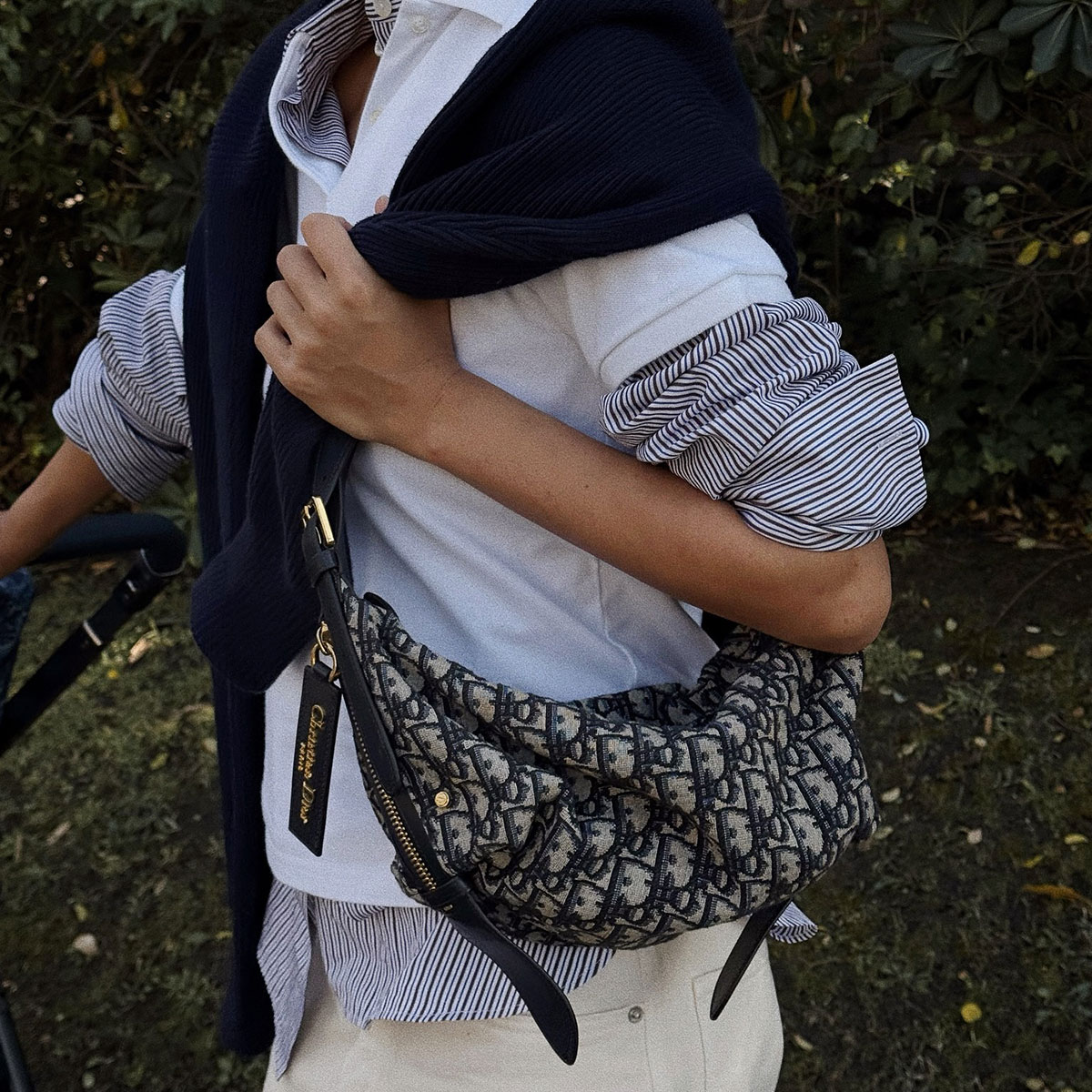 Treating Yourself? What to Buy From the New Designer Collections Before They Sell Out
Treating Yourself? What to Buy From the New Designer Collections Before They Sell OutI'm kind of a pro at this.
By Nicole Akhtarzad Eshaghpour
-
 I'm Refining My Wardrobe—36 Staples I'm Eyeing for 2025
I'm Refining My Wardrobe—36 Staples I'm Eyeing for 2025Polished is the word.
By Caitlin Burnett
-
 Prepare Your Wallet: 10 Jewelry Brands Running Deep Discounts for Cyber Monday
Prepare Your Wallet: 10 Jewelry Brands Running Deep Discounts for Cyber MondaySnag that tennis bracelet for 40% off.
By Ana Escalante
-
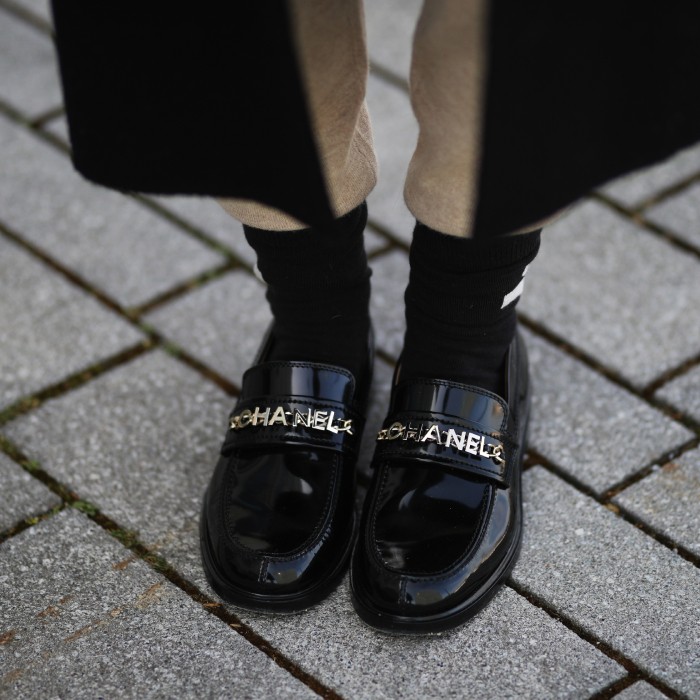 Chanel's Loafers Are the Ultimate Luxury—Here's Why the Fashion Set Think They're Worth It
Chanel's Loafers Are the Ultimate Luxury—Here's Why the Fashion Set Think They're Worth ItThe dream.
By Elinor Block
-
 The Stunning Lab-Grown Diamond Jewelry That's Worth the Investment
The Stunning Lab-Grown Diamond Jewelry That's Worth the InvestmentShine bright like a diamond.
By Ana Escalante
-
 We're Fashion Editors—the 9 Best Items From The Row That Are Truly Worth the Investment
We're Fashion Editors—the 9 Best Items From The Row That Are Truly Worth the InvestmentThey'll never date.
By Emily Dawes
-
 The Only Watch Styles Worth Investing In According to an Expert
The Only Watch Styles Worth Investing In According to an ExpertSponsor Content Created With AP
By Aniyah Morinia








